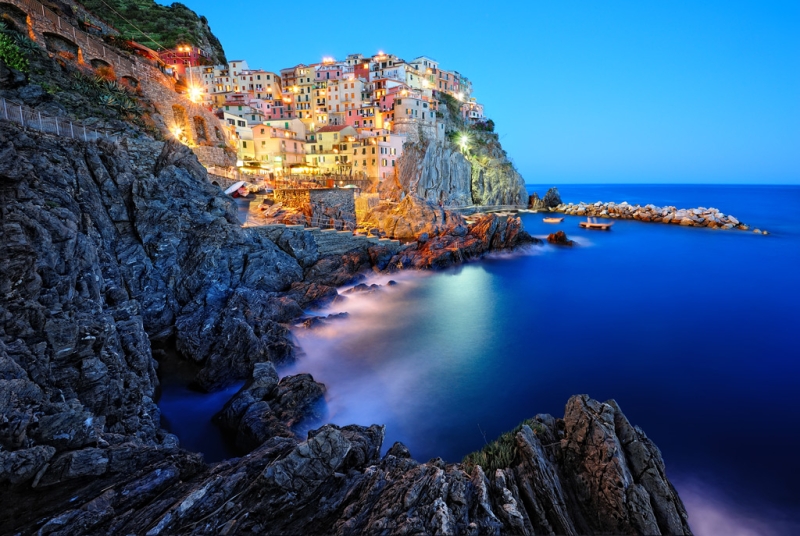
The Cinque Terre National Park – the five lands – is located on the west coast of Italy, in the region of Liguria. The park includes five small towns that are located among the mountain slopes. In 1997, the Cinque Terre was awarded UNESCO cultural heritage status.
Most of the buildings of the Cinque Terre date back to the Middle Ages, but some of them were created during the Roman Empire. The cities that are now part of the park arose in the 11th century. Despite the fact that the few inhabitants of Cinque Terre have all the basic benefits of civilization, their cities have changed little over so many centuries: in most of the park there are no cars, and fishing boats still rock in the sea.
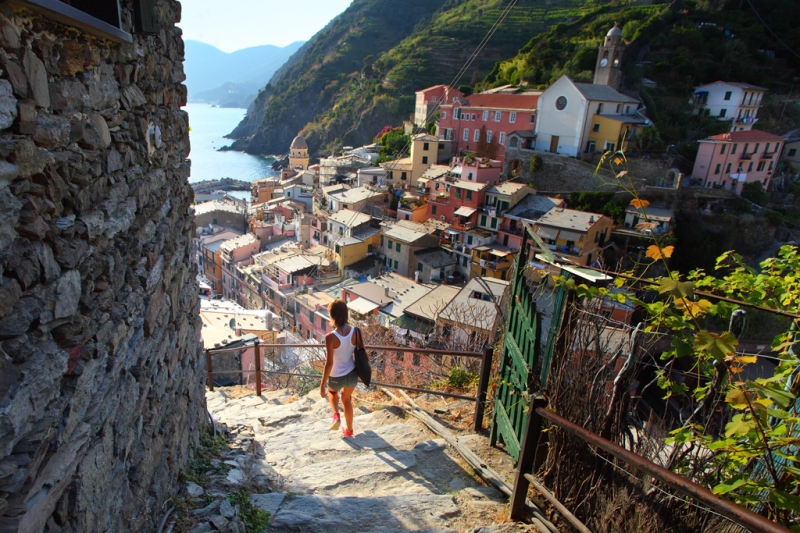
The largest city closest to the Cinque Terre is La Spezia. If you start your journey to the park from here, the first place on the way will be the city of Riomaggiore. Above it, on the Cerrico hill, rises the Riomaggiore castle, founded in 1260 to protect against Saracen raids. The castle was finally completed only in the 16th century. Later, when the castle was no longer needed, local residents built a cemetery on its territory, which no longer exists.
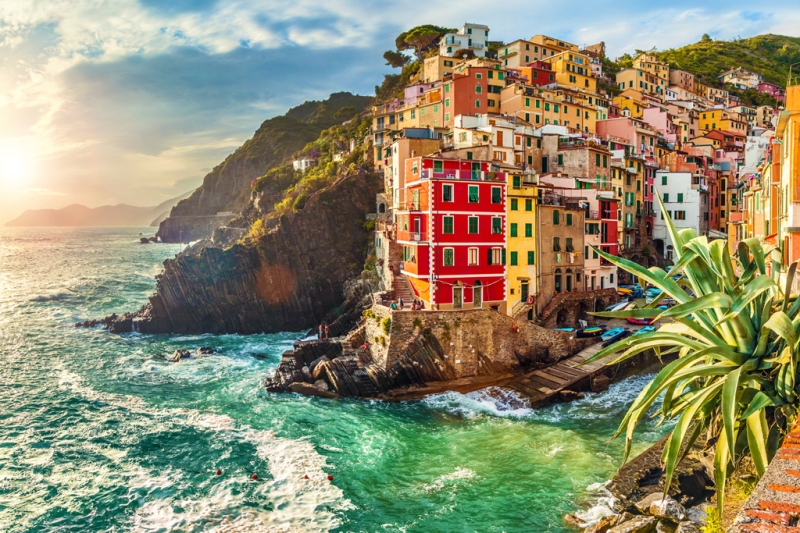
Riomaggiore beach is not suitable for swimming, so if you stop in this city, you will have to wait for swimming. However, there is an office here that offers diving services. Those not ready to dive into the Mediterranean can head further to see the sights: the Church of St. John the Baptist, built in the 1340s, the Church of Assunta, built in the 15th century, and the chapels of St. Anthony the Superior and Saints Rocco and Sebastian.
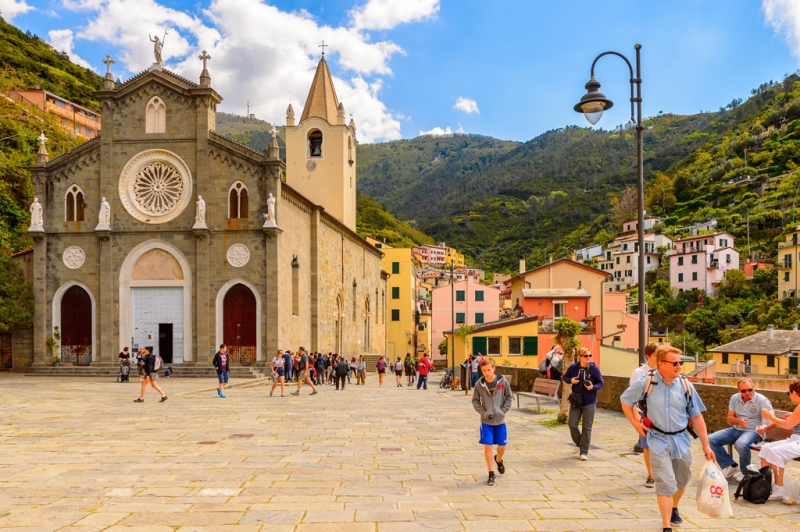
However, you will come across quite a few churches and chapels while exploring the Cinque Terre. On Colombo Street, tourists will find restaurants, shops, souvenir shops and boutiques. The area is famous for its grape plantations, and to be considered a connoisseur, you need to ask for locally produced Sciacchetra liqueur in stores.

Tourist guides advise you to definitely go from Riomaggiore to the next city – Manarola – along the “Road of Love”, which stretches along the rocks along the sea and is popular among lovers. However, this is unlikely to be done before 2017: in 2012, a hill collapse occurred and the trail was closed for repairs. So far, 200 meters of the road are open – enough to take a few photos on the cliff.
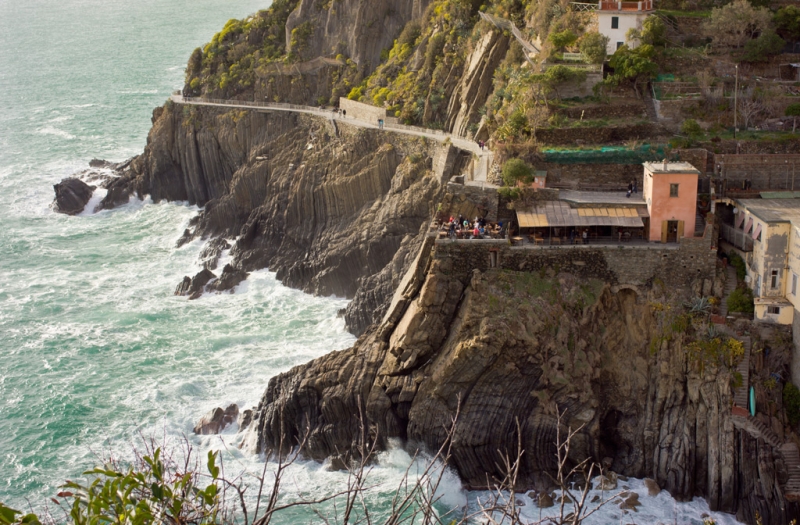
Manarola, the oldest of the cities, can be reached on foot by other routes or by train for two minutes for 2 euros. Guidebooks call the best time to visit Manarola on Catholic Christmas Eve, when the city hosts the world’s largest nativity scene, but even in the summer, a trip to Manarola will remain unforgettable. The first step is to go to the sea and photograph one of the most famous views, which is used for desktop wallpaper in the Windows operating system. After a short photo shoot, you can safely go for a walk along the narrow streets, count the cats that have eaten their fill of local fish and look for Jesus, made of bolts and screws and erected on one of the streets at the top of the Manarola hill.
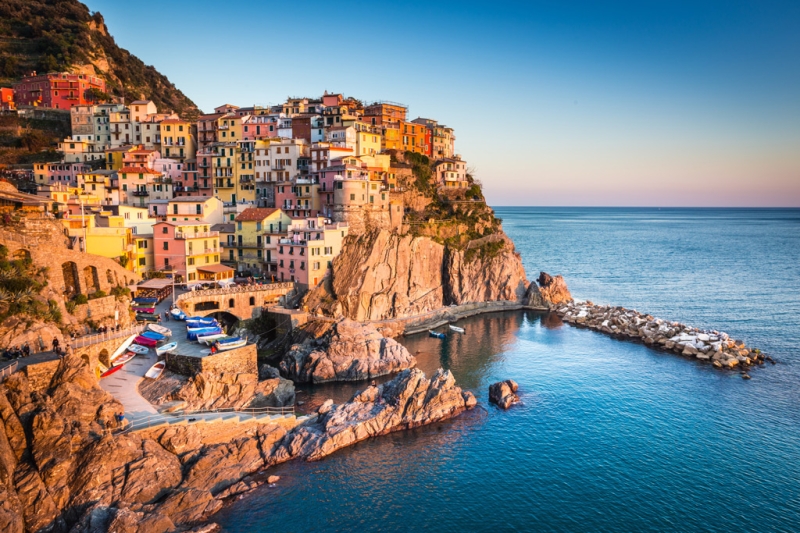
The next city is Corniglia, the only one without a port in the Cinque Terre and located above the others. To get from the railway station to the city, you will have to climb the 377 steps of the Lardarin staircase. If you no longer want to look at old houses and churches, you can go to the nudist beach of Guvano, which has long been chosen by nudists from all over the world.
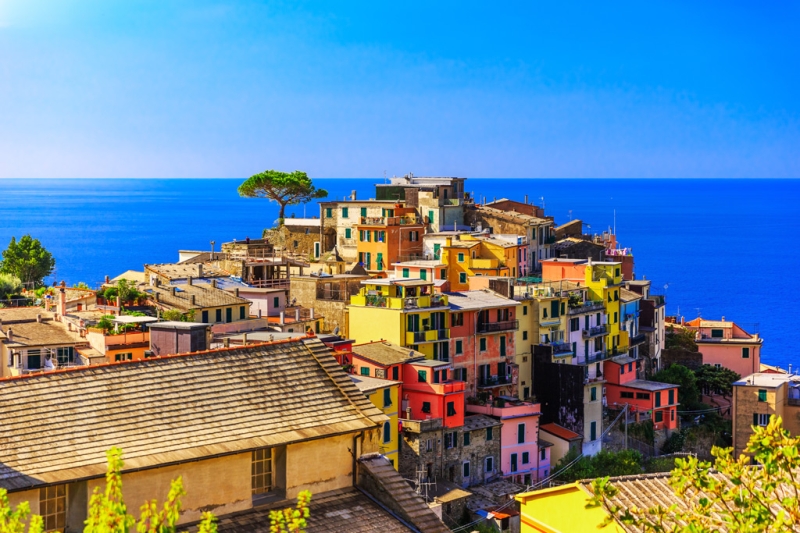
A nudist beach may not be everyone’s cup of tea, but the next beach in the Cinque Terre will be in Vernazza, the fourth city of the Cinque Terre. However, few people come to Vernazza to lie on the beach. The main attraction of the city is the Belforte Tower at the Doria Castle, built in the 11th century. The tower is depicted on souvenirs and there are excursions around it, which you need to visit at least to appreciate the view from the observation deck. In addition to Belforte, Vernazza is famous for the Church of St. Margaret of Antioch from 1318 and the Reggio Cathedral, built in the 11th century. For the sake of the cathedral, you will have to overcome a steep climb again.
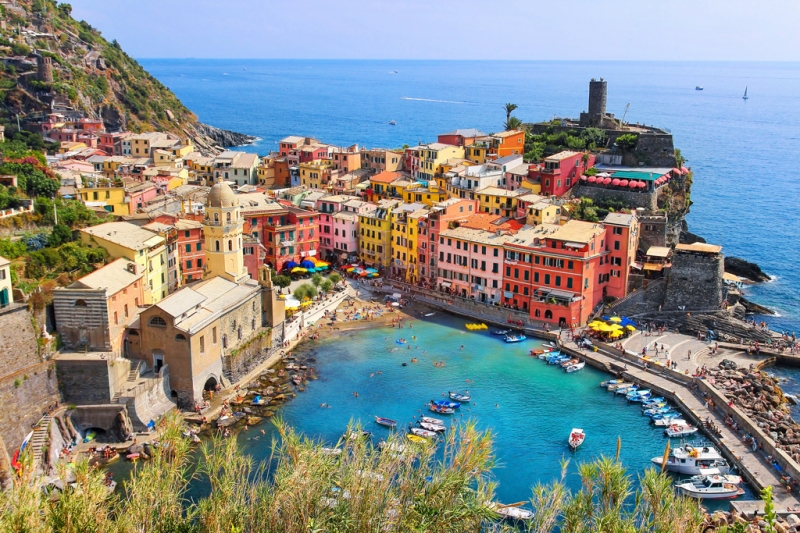
At the end of the journey, the largest city in the park, Monterosso, will await you. Here is also the largest beach in the park, a giant statue of Neptune and the Aurora Tower, which divides the city into the old and new quarters. The 14 meter tall concrete statue of Neptune was erected in 1910 on the edge of Fegina Beach. On his shoulders Neptune holds a giant sea shell, which was used as a dance stage. During World War II, bombs hit the estate of the Pastine family, who owned the statue, and severely damaged Neptune. Storm waves in 1966 continued the destruction. Now the statue has been partially restored.
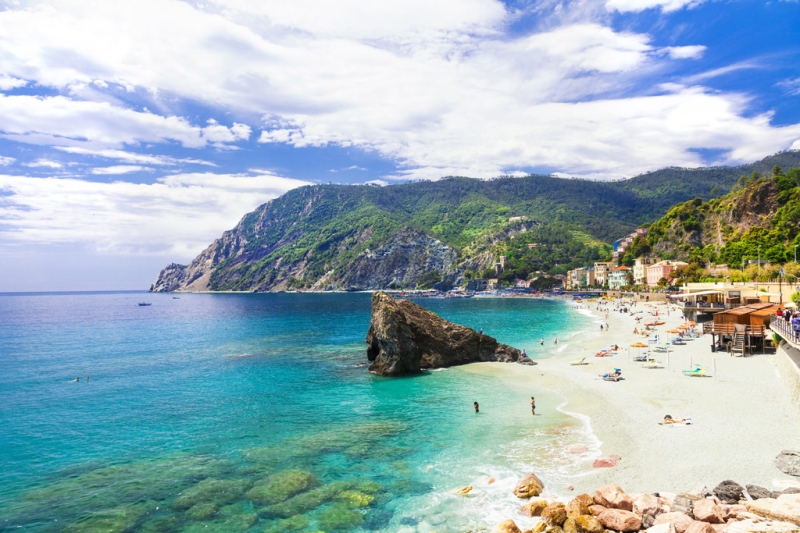
On the hill of St. Cristoforo in Monterosso, a medieval castle was built that protected the city from Saracen raids and looting. The defensive system included the monastery of St. Antonio Mesco, now in ruins, and 13 towers, of which only three remain, including the Aurora, built in the 16th century. The tower is now used as a private residence.
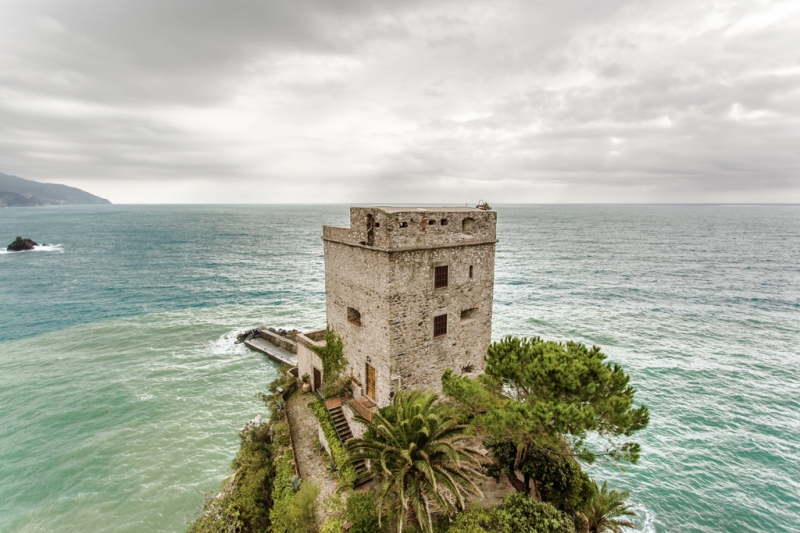
It is more profitable to book a room in hotels in La Spezia than in hotels in Cinque Terre. However, city residents willingly rent out rooms to tourists for a low price. There are several companies operating in La Spezia that will take you by sea to any point in the Cinque Terre. A boat trip will cost about 30 euros, renting a boat will cost from 90 to 450 euros, depending on the rental period, the number of people and the size of the boat. The most economical option for traveling to Cinque Terre from La Spezia is by train. A ticket from La Spezia to any city in the park costs about 2.5 euros. Inside the park, the hardiest travelers can travel on foot or by bus.

